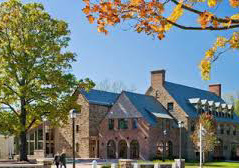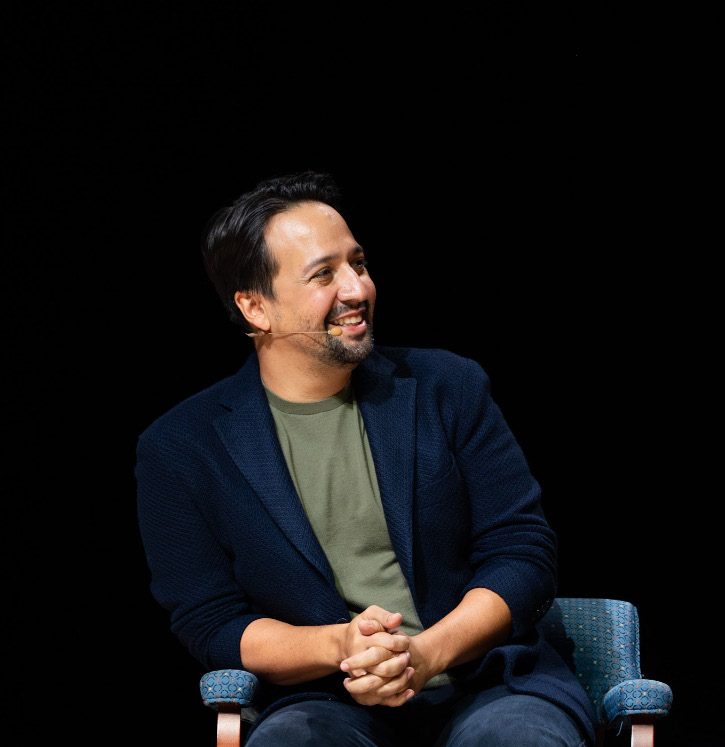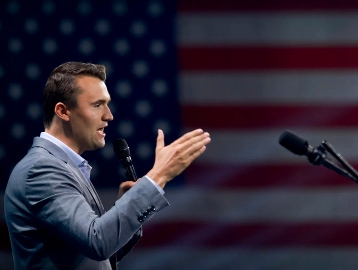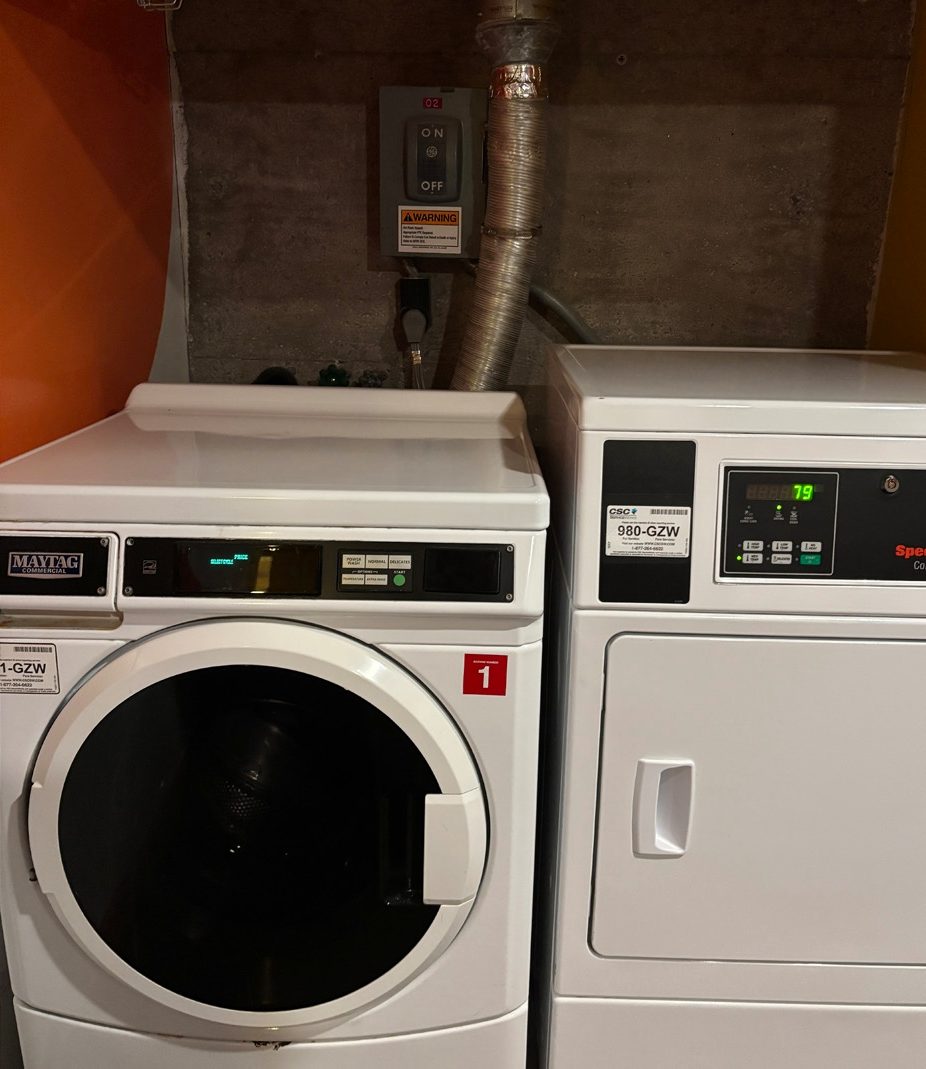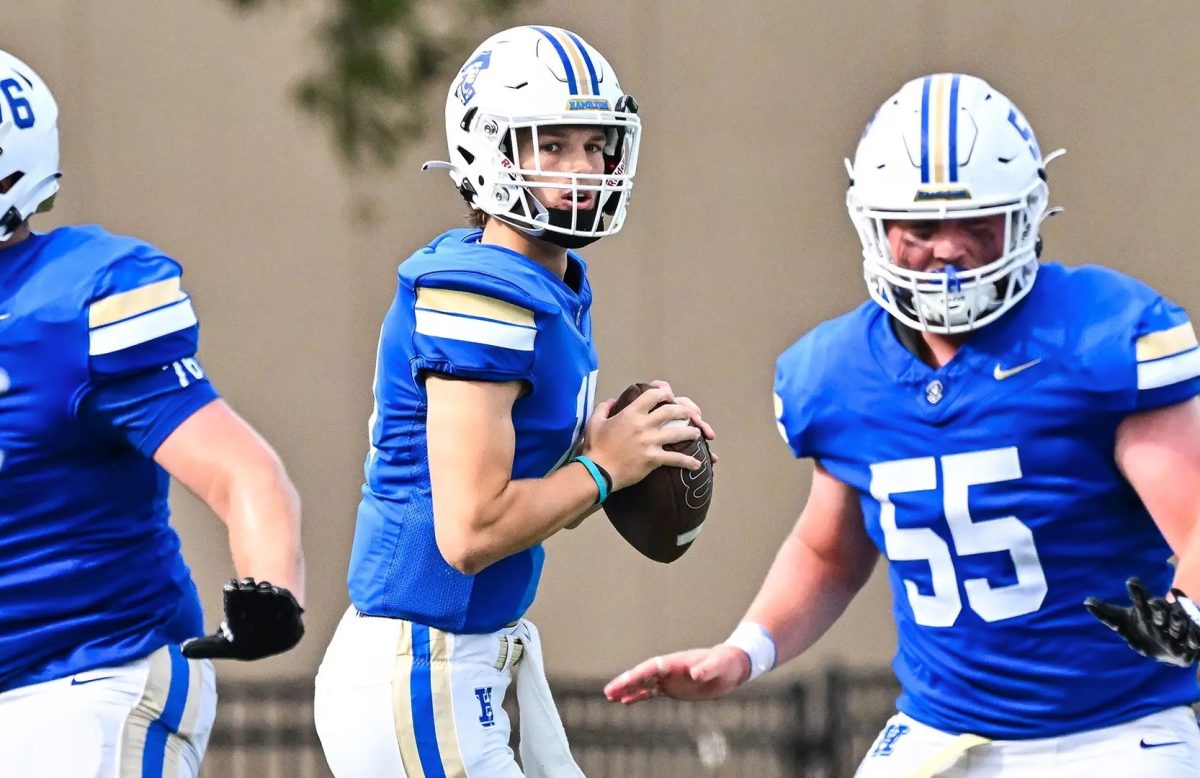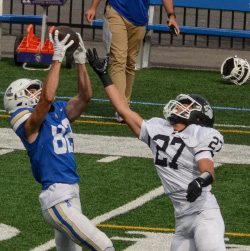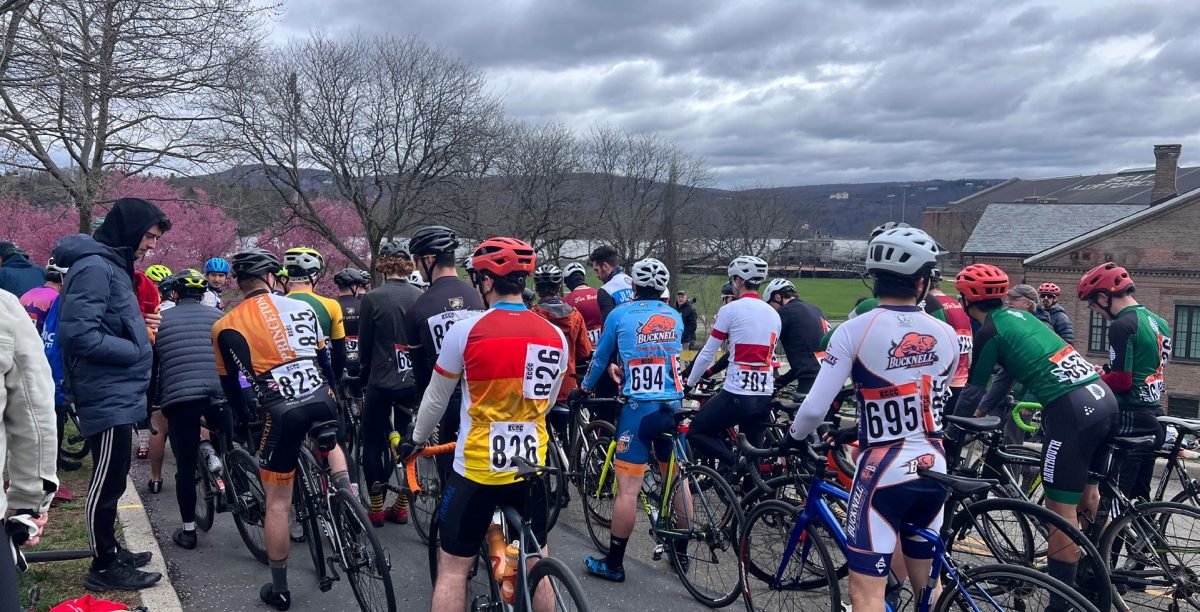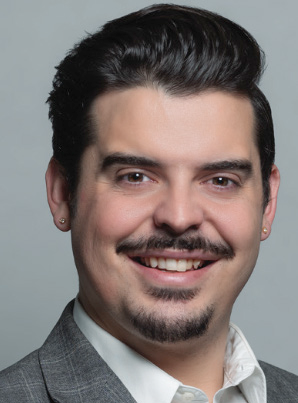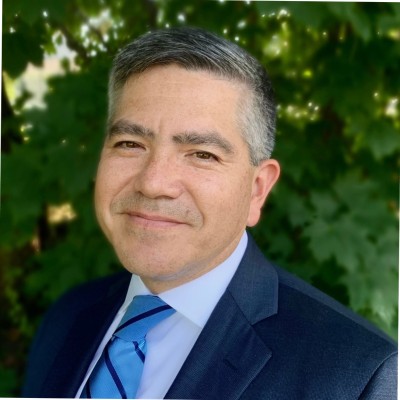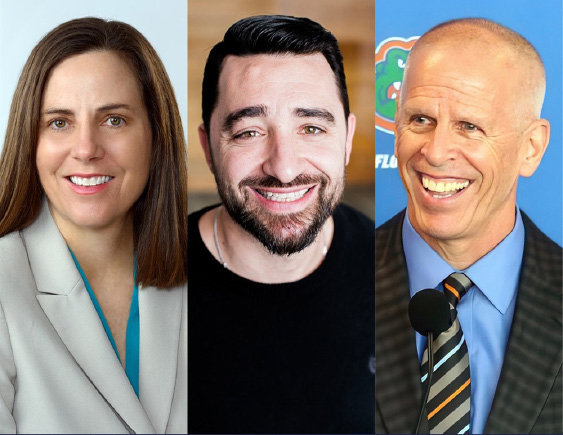
On Monday Sept. 9, student athletes, and a few non-athletes, shuffled into Wellin Hall for the first Common Ground event of the semester: “The Future of College Sports.” Guest speakers debated the contentious question: should student athletes be paid? Jim Cavale and Amy Privette Perko discussed topics relating to name, image, likeness (NIL) rights, delving into whether students should be compensated for the revenue they are generating for their respective schools.
Cavale is the founder and chairman of Athletes.org, the players association for college athletes and functions as a mechanism for college athletes to negotiate their terms collectively. Privette is the CEO of the Knight Commission on Intercollegiate Athletics, which prioritizes athletes education, safety and success. Moderator Jeremy Foley handled University of Florida Athletics for 25 years in his former position of Director of Athletics. Their varying experiences and perspectives with college athletics across sports and generations informed their contributions to this debate.
The following day, Common Ground hosted a post-event discussion lunch to reflect on the ideas and proposals brought up during Monday’s event. The goal was to give student athletes a voice on this topic and an opportunity to bring their own experiences to light.
30 students attended this event in the Sadove Conference Room, gathering around two tables. Student athletes and Common Ground interns co-moderated these discussions, with catered Lafa for attendees and hosts to enjoy. Sarafina Madden ’26 and Bennett Hauck ’26 led the discussion for one of the tables. They began this talk by asking attendees to introduce themselves, explain their own involvement in sports and describe their initial reactions to this event.
Abby Baron ’26 raised the point that non-student athletes engaged in school extracurriculars who also dedicate a massive amount of time and energy to their activity are not being considered for payment. These students, such as band members or those who have central roles in a theater program, also promote the name of the school through their extra curricular engagement. Andrew Hohmann ’26 concurred that this would potentially be a slippery slope about who deserves payment and how that reflects upon the value of their contribution.
Hauck brought up an argument supporting the payment of athletes. He pointed out that some DI coaches are making millions of dollars, and their salaries depend upon the performance of the athletes. So, is it fair that only the coaches are being compensated for their work?
Other student athlete attendees at this discussion began the conversation about the community and character of the school. They proposed the risk that paying athletes potentially further commercializes the school and diminishes the identity of the institution. Additionally, who determines the pay? Students posed questions about what determines the “worth” of each athlete. Is it the average time played per game? Does it vary across sports or genders? Do only the athletes of the most well-known sports get compensated?
This circles back to questions posed in the NIL rights debate. Athletes of lesser known sports would most likely not be compensated under these policies. Does this conflate the monetary value of the sport with the value of the game itself? Everyone in this conversation, even non-college-athletes, agreed that sports are about team dynamics and loving to play the sport. Paying athletes could potentially steer students to pick a school solely for payment purposes and not prospective team environments, compatibility with coaches or interest in the academic programs of the institution itself.
In a similar vein, would varying pay among teammates bridge a divide between athletes who are supposed to be working together? Could the potential loss of camaraderie alter team dynamics and affect performance? While the majority of this conversation was geared against the payment of athletes, it is important to take into consideration that we were mostly speaking about DI athletes. Multiple students were slightly critical of the speakers’ narrow focus on DI football players. Even though they were understandably drawing upon their own experience, Hamilton’s status as a DIII institution in which most athletes are not planning on heading to pro leagues makes this discussion not fully applicable.
Common Ground interns concluded the event’s topics an hour later. Hamilton students hopefully continue to reflect upon the event in future settings.
